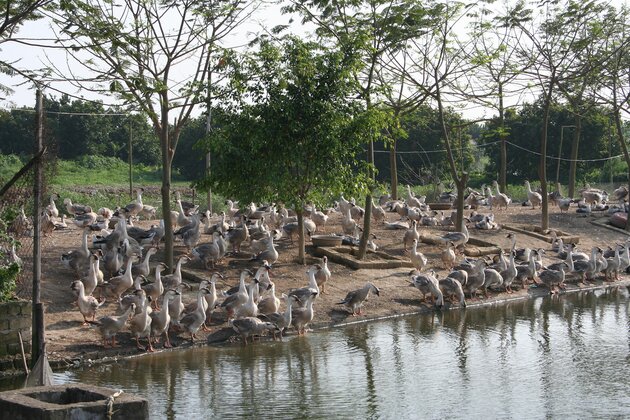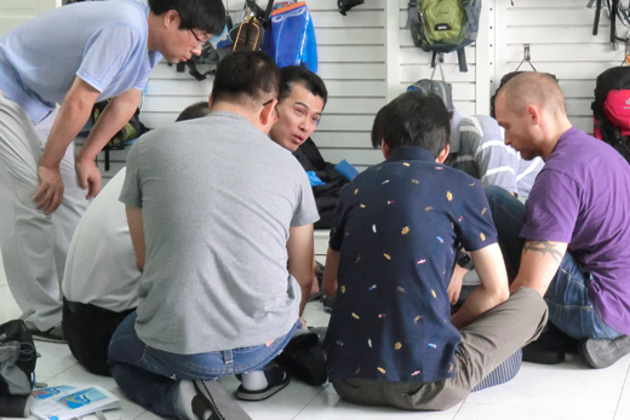Our promise
We will continue to identify and reduce our carbon footprint, and offset any unavoidable CO2 emissions through climate-positive projects.
Our objective
Our headquarters are ClimatePartner certified and 25% of our collection will be by 2023. We also aim to cut the carbon footprint at all deuter sites and our production facilities across the globe. In doing so, we are contributing to the goals of the Paris Climate Agreement.
Our climate strategy
The climate crisis is the biggest challenge mankind is currently facing. The increase in industrialization worldwide is playing a major role in altering our climate. The textile industry ranks just behind the oil industry in terms of greenhouse gas emissions and even ahead of transportation and power generation. At 1.2 trillion tons of CO2 emissions per year, the production of textiles causes more greenhouse gases than all international flights and all shipping combined. This is driven by steadily growing production volumes and ever-shorter product life cycles. The extraction of raw materials, processing and transport are the main sources of emissions where textiles are concerned. More than 170 countries have now committed themselves to joint climate action with the Paris Climate Agreement. The international resolution is intended to ensure that global warming does not surpass 1.5 degrees Celsius. In order to achieve this, we have to reduce carbon emissions worldwide by 50%. As a company that acts responsibly and takes its role in society seriously, we share the objectives of this agreement and are committed to taking all appropriate action within our power.
To this end, we have embarked on an ambitious path and initiated structured processes. Following extensive analysis, we are implementing clear, integrated strategies that will help us achieve our climate target by 2028 through carbon reduction and offsetting. We believe the greatest potential lies in reducing emissions upstream in our supply chain. Here, we need to work with our partners to find adequate and sustainable solutions. However, in order to also reduce the impact on global warming in the areas of product design and development, we are replacing existing processes and materials with more climate-friendly alternatives, such as recycled materials, spin-dyed fabrics etc. The longevity of our products also contributes to a reduction in carbon emissions, because by extending product life cycles by 10%, for instance, we not only reduce CO2 by 8%, but also cut water consumption by 10% and waste by 9%, and even cut resource consumption costs by 9%.*
*ecostandard.org
In doing so, we are contributing to the following SDGs:















